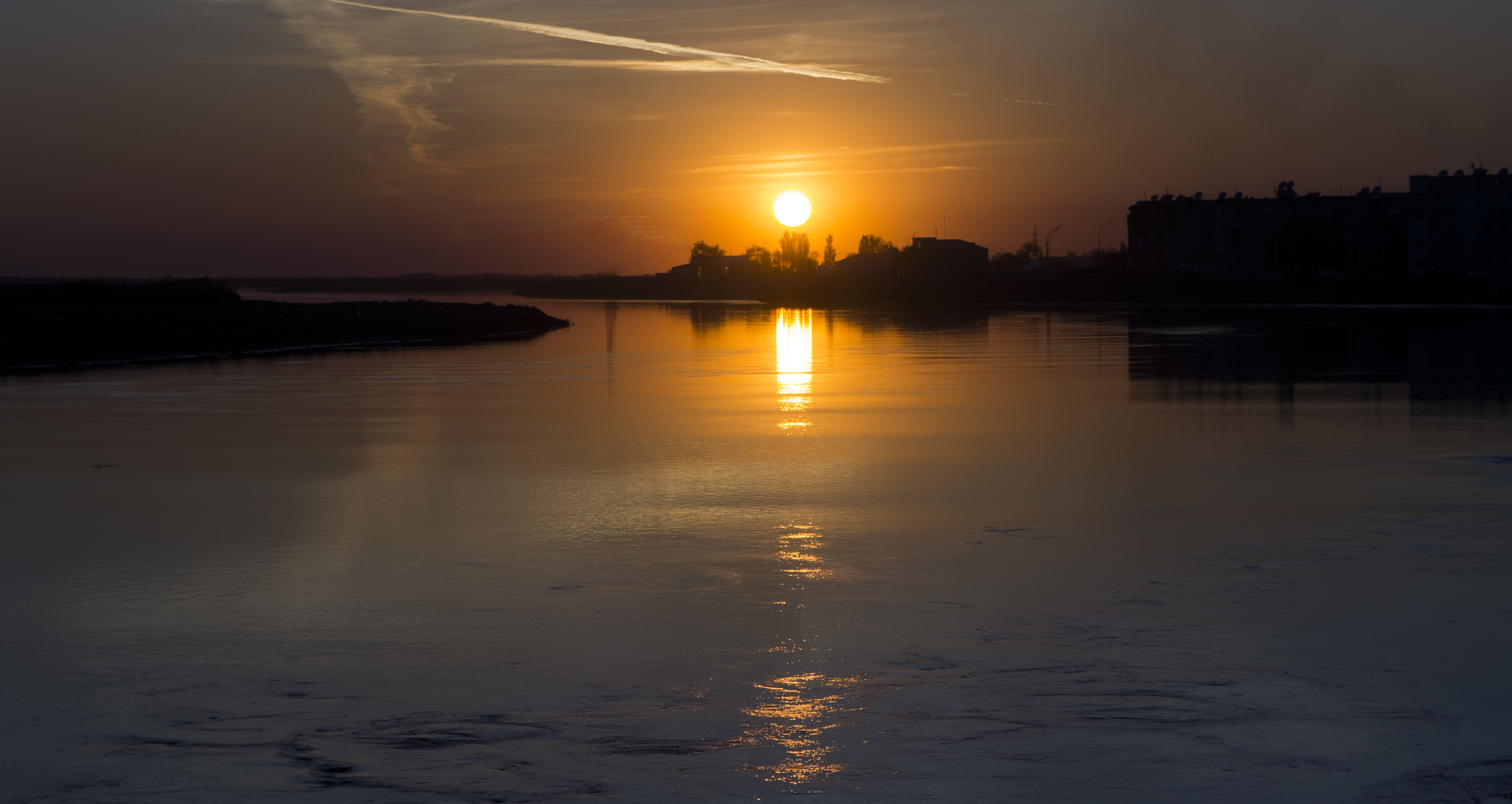|
Syr Darya
The Syr Darya (, ),, , ; rus, Сырдарья́, Syrdarjja, p=sɨrdɐˈrʲja; fa, سيردريا, Sirdaryâ; tg, Сирдарё, Sirdaryo; tr, Seyhun, Siri Derya; ar, سيحون, Seyḥūn; uz, Sirdaryo, script-Latn/. historically known as the Jaxartes (, grc, Ἰαξάρτης), is a river in Central Asia. The name, which is Persian, literally means ''Syr Sea'' or ''Syr River''. It originates in the Tian Shan Mountains in Kyrgyzstan and eastern Uzbekistan and flows for west and north-west through Uzbekistan and southern Kazakhstan to the northern remnants of the Aral Sea. It is the northern and eastern of the two main rivers in the endorheic basin of the Aral Sea, the other being the Amu Darya (Jayhun, also known by its classical name the Oxus). In the Soviet era, extensive irrigation projects were constructed around both rivers, diverting their water into farmland and causing, during the post-Soviet era, the virtual disappearance of the Aral Sea, once the world's fo ... [...More Info...] [...Related Items...] OR: [Wikipedia] [Google] [Baidu] |
Kyzylorda
Kyzylorda ( kk, Қызылорда, translit=Qyzylorda, ), formerly known as Kzyl-Orda (russian: Кзыл-Орда), Ak-Mechet (Ак-Мечеть), Perovsk (Перовск), and Fort-Perovsky (Форт-Перовский), is a city in south-central Kazakhstan, capital of Kyzylorda Region and former capital of the Kazakh ASSR from 1925 to 1927. The city has a population of 242,462 (2020 Census). It historically developed around the Syr Darya river and the site of a Kokand fortress. The population of the city with nearby villages is 312,861 (2020 Census). History A settlement existed under Seljuk, the founder of the Seljuk dynasty. The modern city had its beginnings in 1817 as the site of a Kokand fortress known as Ak-Mechet, or ''white mosque''.Pospelov, p. 24 The later-famous Yaqub Beg was once the fort's commander, but he was apparently not in command during the final battle. In 1853, during the Russian conquest of Turkestan, the fort was taken by Russian troops unde ... [...More Info...] [...Related Items...] OR: [Wikipedia] [Google] [Baidu] |
Ramsar Convention
The Ramsar Convention on Wetlands of International Importance Especially as Waterfowl Habitat is an international treaty for the conservation and sustainable use of Ramsar site, Ramsar sites (wetlands). It is also known as the Convention on Wetlands. It is named after the city of Ramsar, Mazandaran, Ramsar in Iran, where the convention was signed in 1971. Every three years, representatives of the contracting parties meet as the Ramsar Convention#Conference of the Contracting Parties, Conference of the Contracting Parties (COP), the policy-making organ of the wetland conservation, convention which adopts decisions (resolutions and recommendations) to administer the work of the convention and improve the way in which the parties are able to implement its objectives. COP12 was held in Punta del Este, Uruguay, in 2015. COP13 was held in Dubai, United Arab Emirates, in October 2018. List of wetlands of international importance The list of wetlands of international importan ... [...More Info...] [...Related Items...] OR: [Wikipedia] [Google] [Baidu] |
Alexander The Great
Alexander III of Macedon ( grc, Ἀλέξανδρος, Alexandros; 20/21 July 356 BC – 10/11 June 323 BC), commonly known as Alexander the Great, was a king of the ancient Greek kingdom of Macedon. He succeeded his father Philip II to the throne in 336 BC at the age of 20, and spent most of his ruling years conducting a lengthy military campaign throughout Western Asia and Egypt. By the age of thirty, he had created one of the largest empires in history, stretching from Greece to northwestern India. He was undefeated in battle and is widely considered to be one of history's greatest and most successful military commanders. Until the age of 16, Alexander was tutored by Aristotle. In 335 BC, shortly after his assumption of kingship over Macedon, he campaigned in the Balkans and reasserted control over Thrace and Illyria before marching on the city of Thebes, which was subsequently destroyed in battle. Alexander then led the League of Corinth, and used his authori ... [...More Info...] [...Related Items...] OR: [Wikipedia] [Google] [Baidu] |
Bridges In Khujand
A bridge is a structure built to span a physical obstacle (such as a body of water, valley, road, or rail) without blocking the way underneath. It is constructed for the purpose of providing passage over the obstacle, which is usually something that is otherwise difficult or impossible to cross. There are many different designs of bridges, each serving a particular purpose and applicable to different situations. Designs of bridges vary depending on factors such as the function of the bridge, the nature of the terrain where the bridge is constructed and anchored, and the material used to make it, and the funds available to build it. The earliest bridges were likely made with fallen trees and stepping stones. The Neolithic people built boardwalk bridges across marshland. The Arkadiko Bridge (dating from the 13th century BC, in the Peloponnese) is one of the oldest arch bridges still in existence and use. Etymology The ''Oxford English Dictionary'' traces the origin of the ... [...More Info...] [...Related Items...] OR: [Wikipedia] [Google] [Baidu] |

